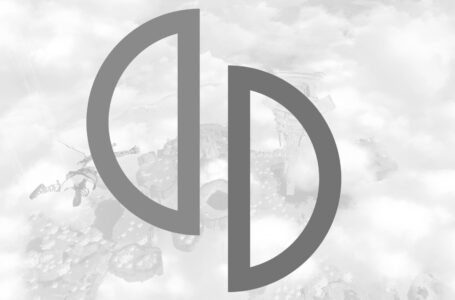A History of the Fire Emblem Franchise
The final path in the latest Fire Emblem game, Fire Emblem Fates, came out in June, allowing players to enjoy all 3 storylines. There’s some great DLC to get through too – the zany ‘Beach Brawl’, where your weapons are replaced with joke ones, is a lot of fun – and Amiibo compatibility lets you recruit characters such as Marth and Lucina.
It’s thanks to the new lease of life Fire Emblem Awakening‘s popularity brought the franchise back in 2013 that we’ve got Fates at all. As well as being what saved the series, Awakening took it in a new, if controversial, direction. Awakening served as an introduction to Fire Emblem for many players, but even those already familiar with the series from earlier releases are likely lagging behind. For a start, the first Fire Emblem game to have a release in the west – coming out for the Game Boy Advance in 2003, and simply titled Fire Emblem – was actually already the seventh instalment. So for the many new western players, and even for a lot of the older ones who aren’t so experienced at emulating Japan-only NES games, there’s a whole hidden history to the Fire Emblem franchise.
Allow me to enlighten you.
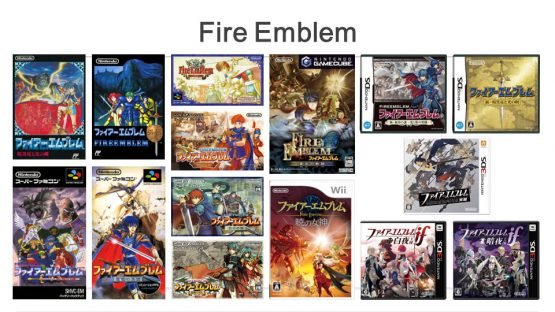
The first game in the series, Fire Emblem: Shadow Dragon and the Blade of Light, came out for the NES in 1990, and didn’t make an appearance overseas until just shy of 20 years later, with the DS remake. Unlike with a lot of series, however, the first instalment still gives you a solid grasp of what makes a Fire Emblem game. Many of the characters from Shadow Dragon are considered recurring archetypes throughout the other games, as anyone who’s had trouble with an experience-stealing Jagen character will probably already know. After Shadow Dragon, there were two more main series games set in Archanea that tied into it, as well as a Satellaview spin-off made up of 4 prequel stories that follow different characters from the original.
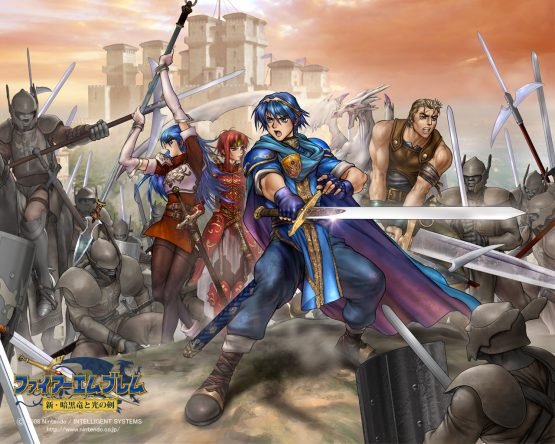
Fire Emblem: Genealogy of the Holy War, the fourth game in the series, was the first game set outside of Archanea, introducing Jugdral to the overall Fire Emblem world. Genealogy is notable for using different gameplay mechanics to most of the other games, taking an almost Capture-the-Flag approach to how castles are conquered. This is likely to be the influence for the Castle Invasion battles introduced in Fates, where the player has to defend their base of operations from attack. Similarly, it’s Genealogy‘s Love System that influences the marriage mechanic that was a big part of the plot of Awakening and returns again in Fates. Unlike the newer releases, however, Genealogy is simply divided into two parts, with the second following the children of any matches made in the first.
The fifth title is Fire Emblem: Thracia 776, and it’s the final in the series to be released on the Super Famicom. As many games in the series come in twos, Thracia 776 ties in directly to Genealogy (although that Satellaview spin-off actually came between them). It’s a strange one, though, in that it takes place in the middle of Genealogy, between Chapter 5 and Chapter 8.
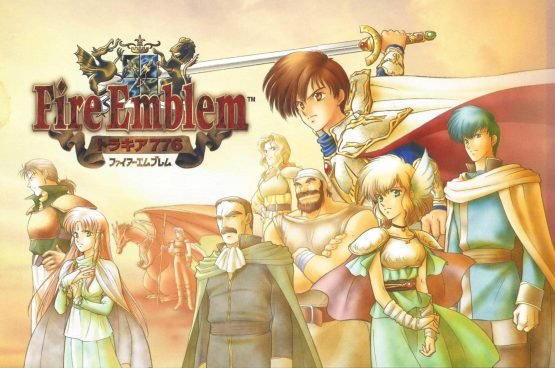
So it’s the turn of the century, we move on to the Game Boy Advance, and we find a familiar face in the form of Roy. Many fans of the series know Roy from his appearance with Marth in Super Smash Bros. Melee, pre-dating the release of his own title, Fire Emblem: Binding Blade. Binding Blade is the first in the series to feature Supports as we know them from later games. Although Binding Blade itself was never released outside of Japan, the popularity of Marth and Roy in the international release of Melee played a huge part in bringing Fire Emblem overseas in the form of Blazing Sword (or just ‘Fire Emblem’) for the GBA.
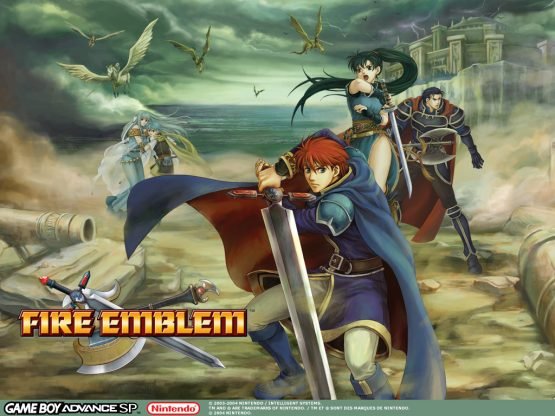
Since then, it’s been smooth sailing for the western fans (except that blip where the series almost got cancelled), with every new release from the GBA right through to the DS coming out internationally. Until the twelfth. This is a remake of the third title in the series, Mystery of the Emblem, and is the second game to feature Marth as the Lord character. It’s a DS remake, similar to that of Shadow Dragon in 2008, and served as the debut for Casual Mode where units don’t die for good, as is characteristic of the series. Largely because of this addition, the international release of Awakening drew in a lot of new players, and didn’t sit so well with a lot of older ones (though Casual Mode is far from the only reason).
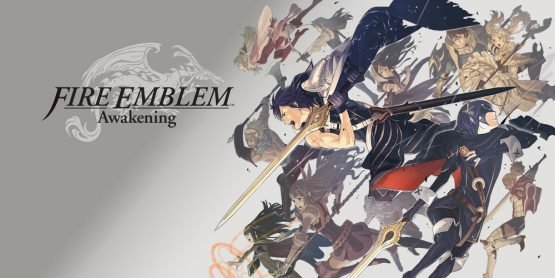
We’ve come a long way since the original NES game, and Fire Emblem continues to grow, with Wii U Virtual Console releases of almost all the old titles (still not outside of Japan, mind you). We even got Blazing Sword and Sacred Stones for the Virtual Console in the west. So what does the future have in store for Fire Emblem? Perhaps Path of Radiance and Radiant Dawn will come to the Virtual Console, allowing players who passed them up originally to get a look for less than £200. Perhaps, with Roy’s DLC addition to the already solid Fire Emblem presence in the latest Smash Bros., we’ll even get an English release of Binding Blade. Who knows? For now though, enjoy slaughtering your siblings with a radish.
- AeternoBlade II Out now on Switch and PS4 - October 11, 2019
- Code: Realize Future Blessings Comes to Switch Spring 2020 - October 3, 2019
- Code Vein Out Now, Launch Trailer Released - September 27, 2019





